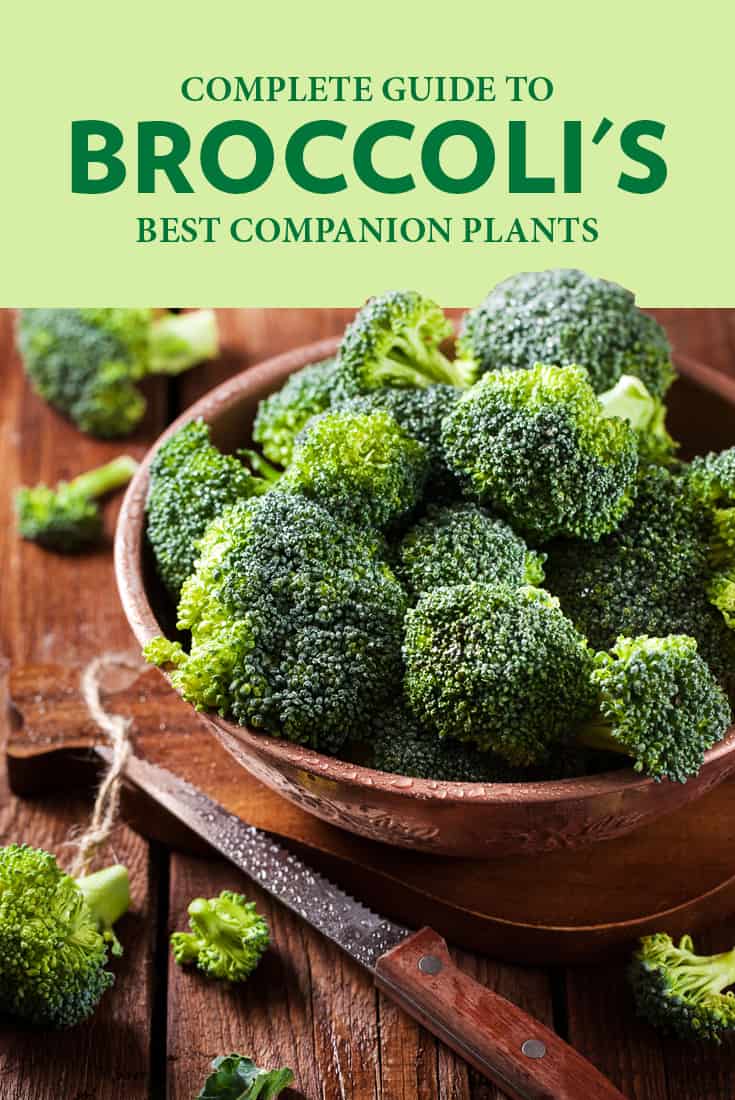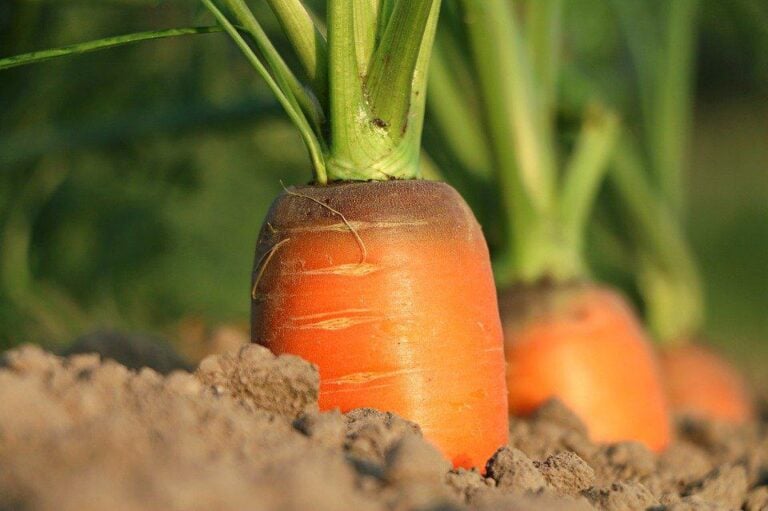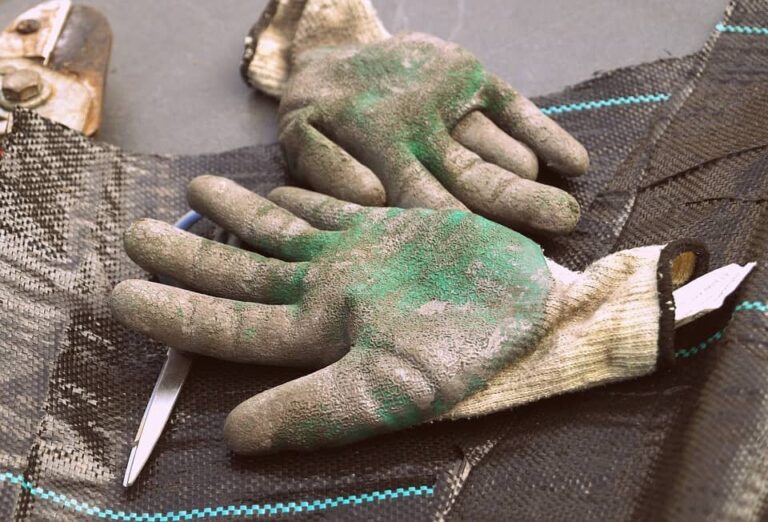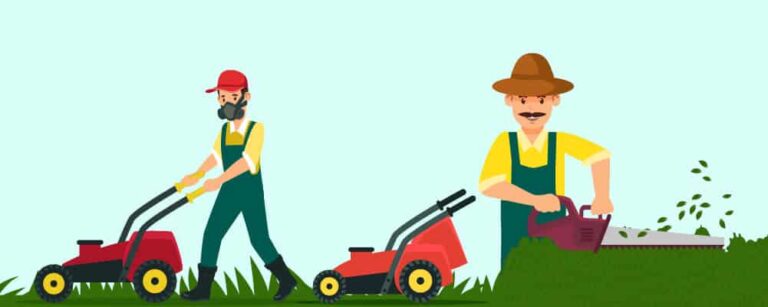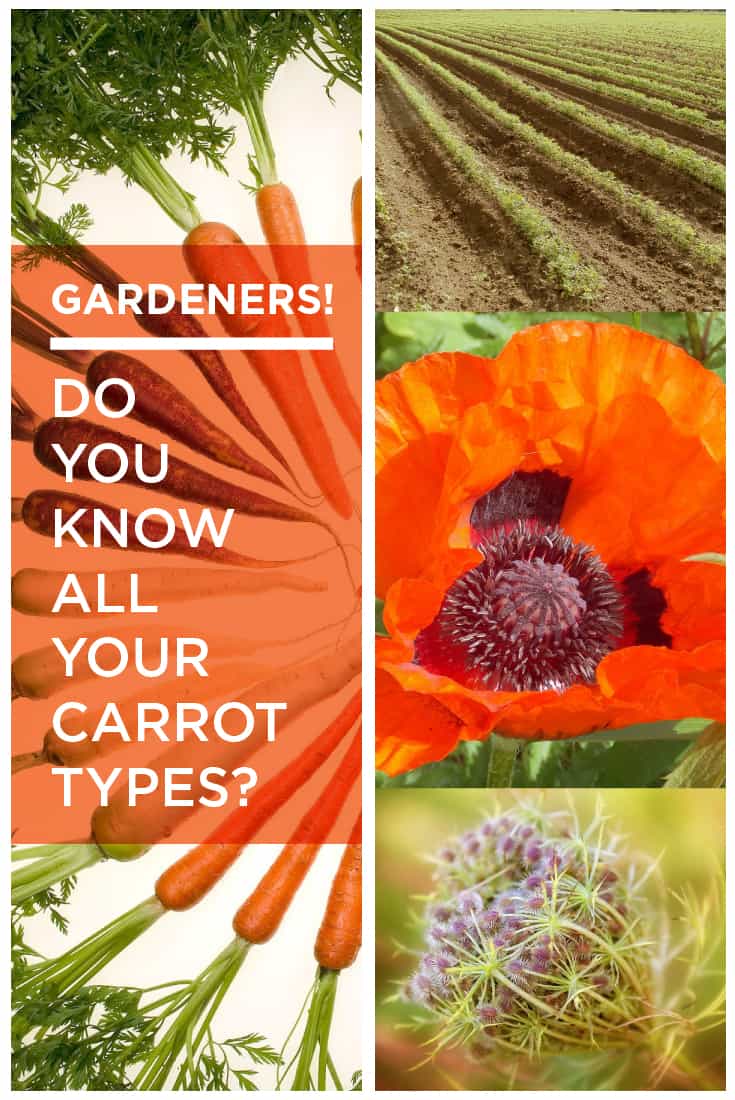Tracking Down the Best Soil for Potatoes
For potatoes, our top pick is Fox Farm Ocean Forest Soil. Potatoes have a reputation for being a bit of a dirty foodstuff, and with good reason. After all, it’s grown underground, and it’s pretty good practice to wash the tubers off once you extract them from their subterranean home. However, the soil that surrounds each potato isn’t just a conduit for messiness – it’s a crucial element for proper potato proliferation.
Our Picks for Best Soil for Potatoes
[wptb id="506988" not found ]The Importance of a Good Soil
On one hand, potatoes aren’t too finicky about their soil. If the soil drains well, they can do a pretty well. On the other hand, this drainage component can be a little difficult to reconcile.
If you plant the potatoes in heavy, compacted, clay soil, they’re going to struggle. Because they grow underground, you will see the results of this unwanted labor when it’s too late to do anything about it.
The reason why compact, hefty soil is a bad thing is because it prevents the potatoes from receiving the nutrients and water they need to grow and thrive. In situations where the soil is particularly dense, water may not be able to get to the potato at all, which can cause the tuber to suffocate.
What Constitutes a Good Soil?
When you’re growing potatoes, you want to make sure the soil you plant them in is loose and loamy. This will help the moisture they need to trickle down to where they’re planted. However, nutrient reception is not the only reason loose soil is important. As they grow, they are going to have soil that will have enough “give” to provide them room to expand.
If you’re stuck with soil that doesn’t quite fit the bill in terms of its “give,” that doesn’t mean you’re out of luck. There are several ways you can help turn your soil from hard and harsh to nutrient-rich dirt that’s perfect your spuds.
The Look at Creating Good Soil
Taking your soil from bad to great isn’t an overnight process. As this video demonstrates, it is a process that requires a decided hands-on approach. But if you don’t mind getting your hands dirty and your clothes slightly smeared, the process like the one seen here can be a bit fun.
Turning Your Soil Around
While soil transformation isn’t quick, it’s relatively easy. If you can apply a combination of organic and natural tactics and give yourself an adequate timeline to do so, you can make that heavy block of dirt on your property potato-ready by the time the growing season comes around.
One of the big organic steps you can take is to add manure to your garden. We’re not talking about scooping up a fresh pile of animal poop to your dirt here. Rather, it’s best that you mix the dung with a compost made from organic elements, such as bone meal or blood meal.
This dynamic duo may not look all that attractive, but when they’re combined, they can add nutrients that can loosen the soil and allow plants like to potatoes to thrive. This, then, will theoretically produce results that will make you pretty happy.
Of course, using the manure/compost combo isn’t a matter of just leaving piles of the stuff on top of the dirt. It must be gently tilled into the soil prior to spring planting. Ideally, you’ll want to do this during the fall, as this will give the combo plenty of time to break down and add the much-needed give and nutrients.
A Little Help
Making your own soil can be time consuming, and a bit frustrating if your thumb hasn’t quite turned green yet. However, there are plenty of ready-made enhancements that can speed up the process and eliminate a couple of steps.
Some of the material you can purchase is ready-made organic compost that can be tilled directly into your soil. In some cases, this combo will add manure from various animals into the mix, so you won’t have to worry about having to deal with the possibility of incorporating dung into the mix.
Some of the soil you can pick up for your potatoes is straight up topsoil, designed to mix in with what you already have. The presence of this topsoil, when tilled, will naturally work in concert with the heavy clay soils to loosen them up, thus allowing for proper drainage.
Our Recommendation: Fox Farm Ocean Forest Soil
Adding a proper dosage of compost to your dirt is the best way to get it to turn from heavy to light. However, making compost yourself can be a messy, icky task that, if you’re just starting to learn the ins and outs of gardening, may turn into a massive turnoff.
This is why the Fox Farm Ocean Forest Soil works as a substitute. Its eclectic mix of materials includes things like earthworm castings, crab meal, and bat guano. This latter component provides the blend with an all-important manure ingredient that a lot of gardeners value during the growing season.
A soil product like this one also provides you with a good benchmark of how to go about building your own compost, should you decide to take that proverbial next step. The ingredients are a small sample size of the materials that can go into compost.
Some of the ingredients you can use may not look too surprising, like pine needles, dried leaves, seaweed, and kitchen scraps. Others may be a little surprising to the novice, such as coffee grounds and shredded cardboard. Yet these components can break down and coalesce into a wonderful mess of nutrients that will turn your soil into a gardening powerhouse.
Once this special transformation is complete, your soil will be able to embrace the potato plant and give it what it needs to thrive. It’s not the most glamorous of transformations you can make in your garden, but after you reap the benefits of a successful harvest, you may find it to be the most rewarding one.
Do you want to grow something a little bit more exotic than potatoes, for example, asparagus? Then we have a perfect guide just for you about the best soil for asparagus.
Related – Best Soil pH Testers

